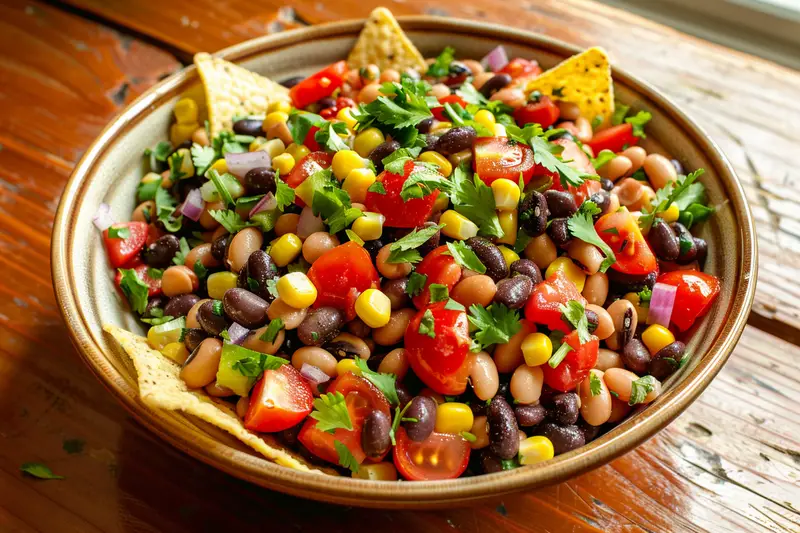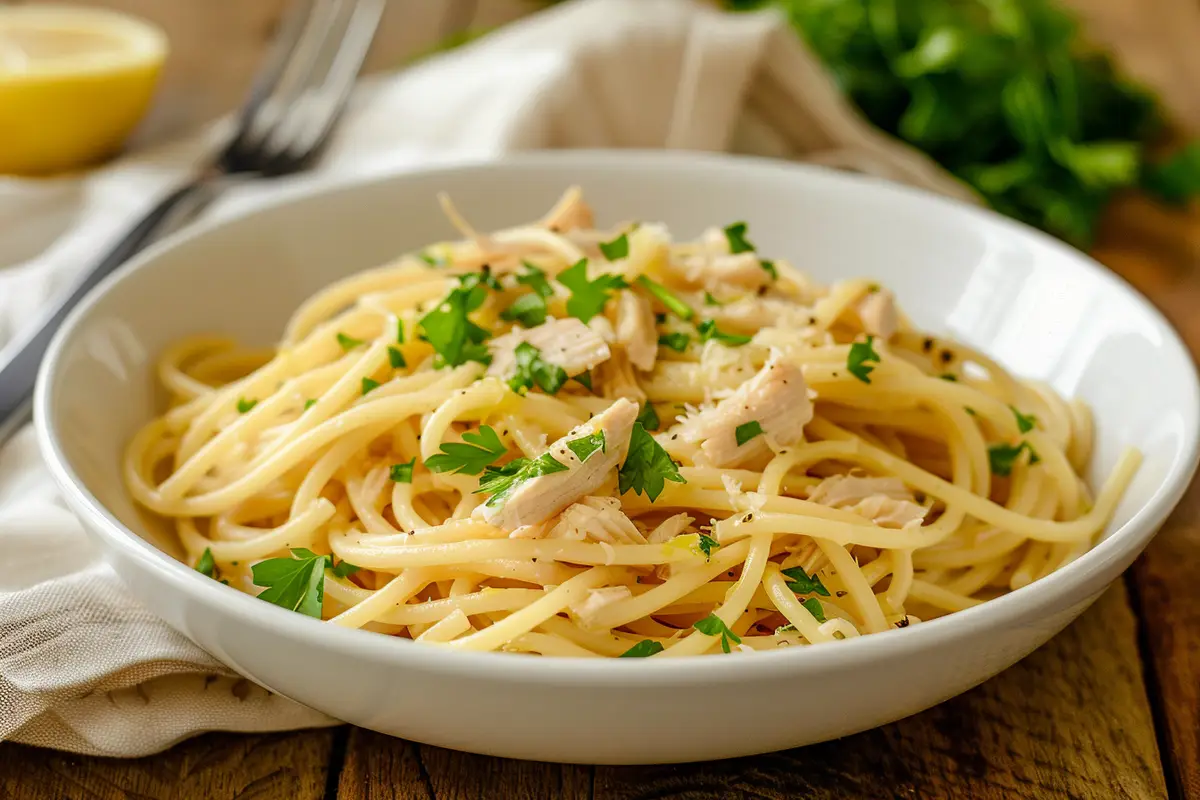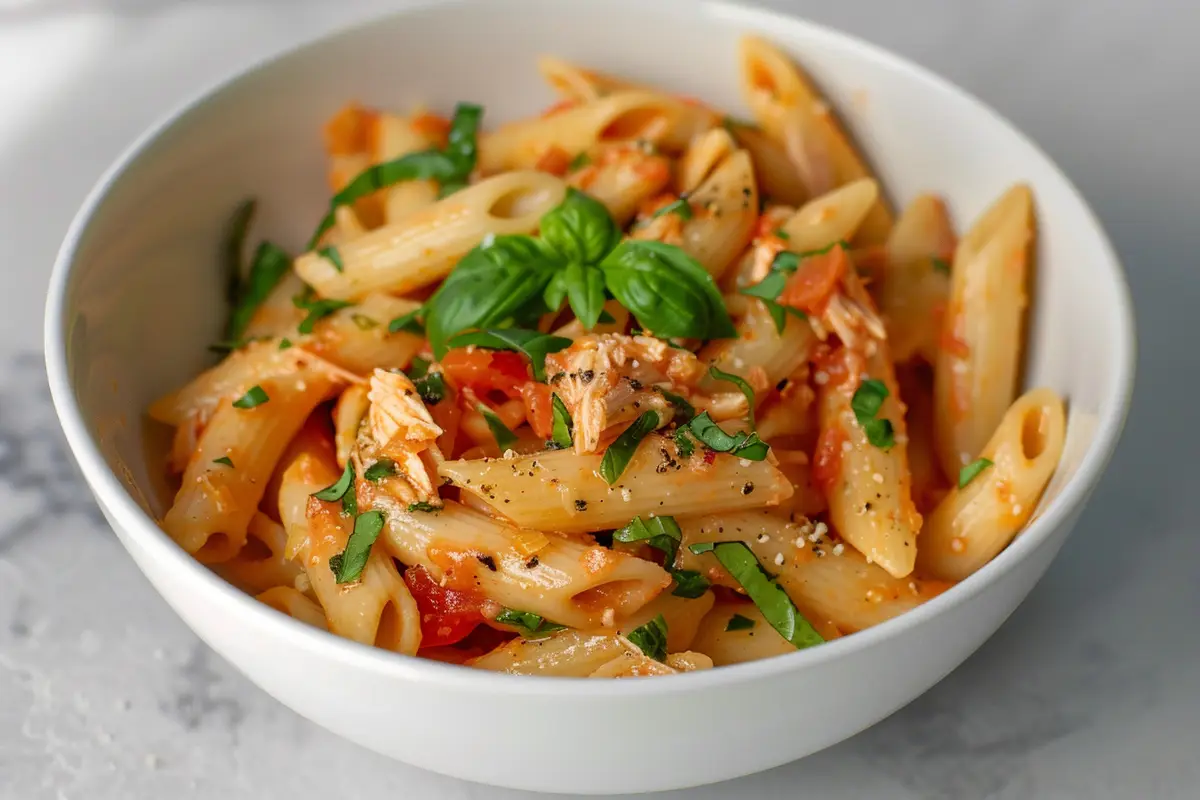Creme brulee and custard are two beloved desserts enjoyed worldwide, yet the difference between creme brulee and custard is significant. Although both share a creamy texture and rely on eggs and dairy, the difference between creme brulee and custard lies in their preparation, presentation, and flavor. This article dives into what separates these desserts by examining their ingredients, textures, and cultural significance. By the end, you’ll clearly understand the difference between creme brulee and custard and what makes each one so delightful and unique.
Table of Contents
Introduction to the difference between creme brulee and custard
What is Crème Brûlée?
Creme brulee, which translates to “burnt cream” in French, is a sumptuous dessert with a velvety custard base crowned with a caramelized sugar crust. Served in individual ramekins, it distinguishes itself with a hallmark feature—the satisfying crack of the burnt sugar topping as you break through with a spoon. This refined creation is synonymous with elegance and is revered on fine dining menus worldwide. Its rich cream base, combined with the signature caramelized layer, exemplifies the difference between creme brulee and custard: creme brulee focuses on a single, indulgent form that highlights both texture and flavor in every decadent bite.
What is Custard?
Custard, by contrast, is a broader term that includes numerous dishes made by mixing eggs and dairy. Depending on the recipe, it can be thickened with heat, baked, or set as a pudding. This versatility also reveals the difference between creme brulee and custard: custard can be sweet or savory, exemplified in everything from flan and pots de crème to savory quiches. Such variety underscores its adaptable nature—a quality that sets custard apart in the realm of egg-based delights.
Why Compare Them?
Many people often ask, “What’s the difference between creme brulee and custard?” because both desserts rely on similar ingredients—eggs, cream, and sugar. Yet the difference between creme brulee and custard truly emerges in their preparation techniques, unique textures, and cultural backgrounds. By examining these distinctions, we address a common culinary question and provide dessert aficionados with a deeper appreciation for the expertise and creativity that shape these renowned treats.
Key Ingredients and Preparation Differences
Ingredients of Creme brulee
Crème brûlée delivers its rich, silky texture through a few simple yet indulgent ingredients. It blends heavy cream, egg yolks, sugar, and a splash of vanilla at its core. The heavy cream creates a luxurious, creamy base, while the egg yolks add smoothness and a velvety texture. Sugar enhances sweetness within the custard and as the caramelized topping. Unlike other custards, creme brulee relies on little to no milk, which helps maintain its dense and creamy consistency.
Ingredients of Custard
Custard recipes are more diverse. The basic formula includes eggs, milk (or a mix of milk and cream), and sugar, but the ratios vary depending on the desired texture. For instance, a baked custard, like flan, uses more eggs for firmness, while stovetop custards, such as pastry cream, often include starch to thicken the mixture. Custards are adaptable; they can be sweetened with vanilla, caramel, or citrus or made savory for dishes like quiche.
Cooking Techniques
The cooking process is where creme brulee and custard diverge most visibly. Crème brûlée is gently baked in a water bath to prevent curdling, then chilled to set. The iconic caramelized sugar crust is created by sprinkling sugar on top and torching it until golden brown.
Custards, on the other hand, can be prepared in various ways. Depending on the dish, they might be cooked on the stovetop, baked in an oven, or even steamed. While flans and pots de crème are baked, custard sauces like crème anglaise are stirred over low heat until thickened. These varying methods contribute to the broader range of textures found in custards.
The differences in ingredients and preparation lead many to ask, “What’s the difference between creme brulee and custard?” The two might seem interchangeable, but their unique ingredient ratios and cooking methods yield distinctly different results.
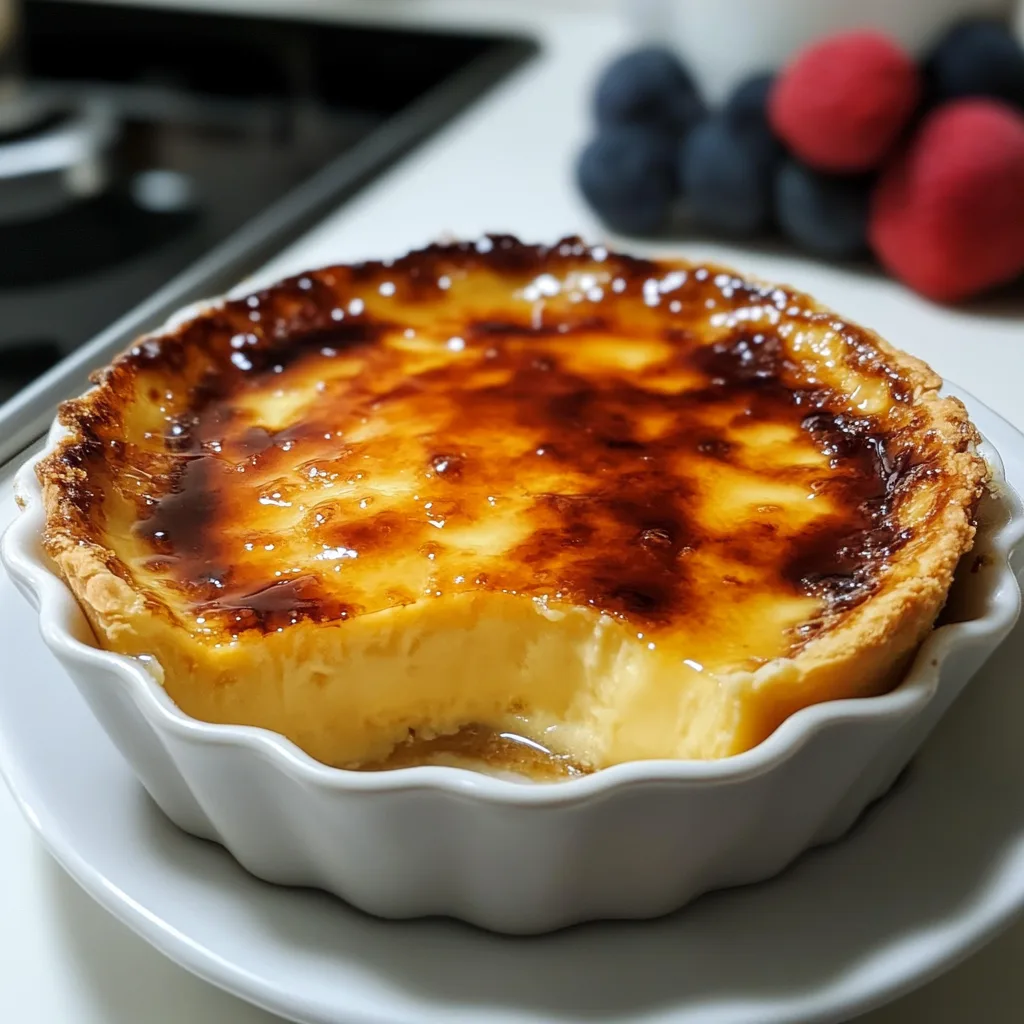
Texture and Consistency
Creme Brulee’s Luxurious Texture
One of the standout qualities of creme brulee lies in its distinct texture, a hallmark that reveals the difference between creme brulee and custard. This dessert combines a creamy, almost pudding-like base with a brittle, caramelized sugar crust, offering a delightful balance of smoothness and crunch. Thanks to heavy cream and egg yolks, its consistency is incredibly silky, creating an indulgent mouthfeel in every bite. Unlike firmer custard varieties, creme brulee is designed to be delicate and creamy, maintaining just enough structure to hold its shape—another aspect that underscores the difference between creme brulee and custard in terms of texture.
Custard’s Variability
Custard’s texture varies based on its type. Baked custards like flan deliver a firmer consistency and hold their shape when unmolded. Meanwhile, stovetop custards, such as pastry cream, offer a creamy and thick texture, making them ideal for layering in desserts. This versatility allows custard to serve as a base for countless dishes.
Interestingly, the texture of custard can be influenced by cooking techniques and ingredient ratios. A higher proportion of eggs leads to a firmer set, while more liquid yields a creamier result. This adaptability explains why custard appears in so many forms, from soft puddings to solid tarts.
When pondering, “What’s the difference between creme brulee and custard?”, texture plays a crucial role. Creme Brulee’s uniform creaminess paired with a crunchy top distinguishes it from the wide spectrum of textures custards can offer.
Historical and Cultural Significance
Origins of Creme Brulee
Crème brûlée boasts a rich history that stems from French cuisine. Interestingly, its roots may trace even further back to Spain’s crema catalana, a dessert with a similar caramelized top. A 14th-century cookbook first mentioned this delicacy, and by the 17th century, creme brulee had become a staple in France. Its lasting appeal comes from its elegant presentation and the craftsmanship needed to create the perfect sugar crust, showcasing the artistry of French culinary traditions.
Custard Through History
Custard’s history is as varied as its uses. Originating in ancient Rome, it began as a straightforward method of thickening milk with eggs. Over time, this technique spread across Europe, leading to countless variations like flan, pastry cream, and even savory quiches. Custard grew in popularity not just for its flavor but also for its adaptability in sweet and savory dishes alike.
The evolution of these desserts highlights their cultural significance, yet it also sheds light on the difference between creme brulee and custard. While custard is celebrated worldwide for its versatility and myriad forms, creme brulee embodies a refined, singular approach to dessert-making.
Flavor Profiles and Customization
Classic Flavors of Creme brulee
Creme brulee is renowned for its delicate balance of flavors. The base is usually infused with vanilla, but chefs often elevate it with creative twists like citrus zest, coffee, or even lavender. The caramelized sugar adds a slightly bitter contrast to the creamy sweetness, making every bite unforgettable. For inspiration, check out the pistachio creme brulee recipe on Elyse Recipes—a delightful variation on this classic dessert.
Custard’s Endless Possibilities
Custard is the chameleon of desserts. Its neutral base allows for endless customization, whether you’re crafting sweet treats like chocolate or fruit-flavored custards or exploring savory options like spinach quiche. Pastry chefs frequently showcase custard in layered desserts, tarts, and various fillings, highlighting its remarkable versatility. This adaptability perfectly illustrates the difference between creme brulee and custard: while creme brulee focuses on a single, refined form, custard thrives on limitless diversity.
Explore Elyse Recipes’ guide on making pistachio creme brulee for more creative dessert ideas. This recipe combines traditional techniques with bold flavors, ideal for dessert enthusiasts looking to experiment.
Presentation and Serving
Creme Brulee’s Visual Appeal
One of the most striking features of creme brulee is its presentation—a detail that underscores the difference between creme brulee and custard. Typically served in small, shallow ramekins, it highlights a beautifully caramelized sugar crust that captivates the eye. This golden-brown top isn’t just decorative—it also contrasts the smooth custard beneath. Many chefs garnish it with fresh berries, mint leaves, or a light dusting of powdered sugar for extra flair. Cracking through that crisp layer is part of the allure, emphasizing how creme brulee, compared to other custard-based desserts, places texture on par with flavor.
Custard’s Diverse Forms
Custard’s presentation varies significantly depending on its type. Baked custards like flan are frequently inverted onto a plate to reveal a glossy caramel layer. At the same time, pastry cream finds its way into éclairs, tarts, or layered desserts, blending seamlessly with other components. This adaptability makes custard a versatile option for everyday family meals and formal occasions.
Their presentation highlights a key contrast when examining the difference between creme brulee and custard. Crème brûlée showcases simplicity and refinement in shallow ramekins topped with a crisp, caramelized sugar crust. Custard, on the other hand, fits into an array of culinary contexts, whether served in individual portions or in larger, shareable formats.
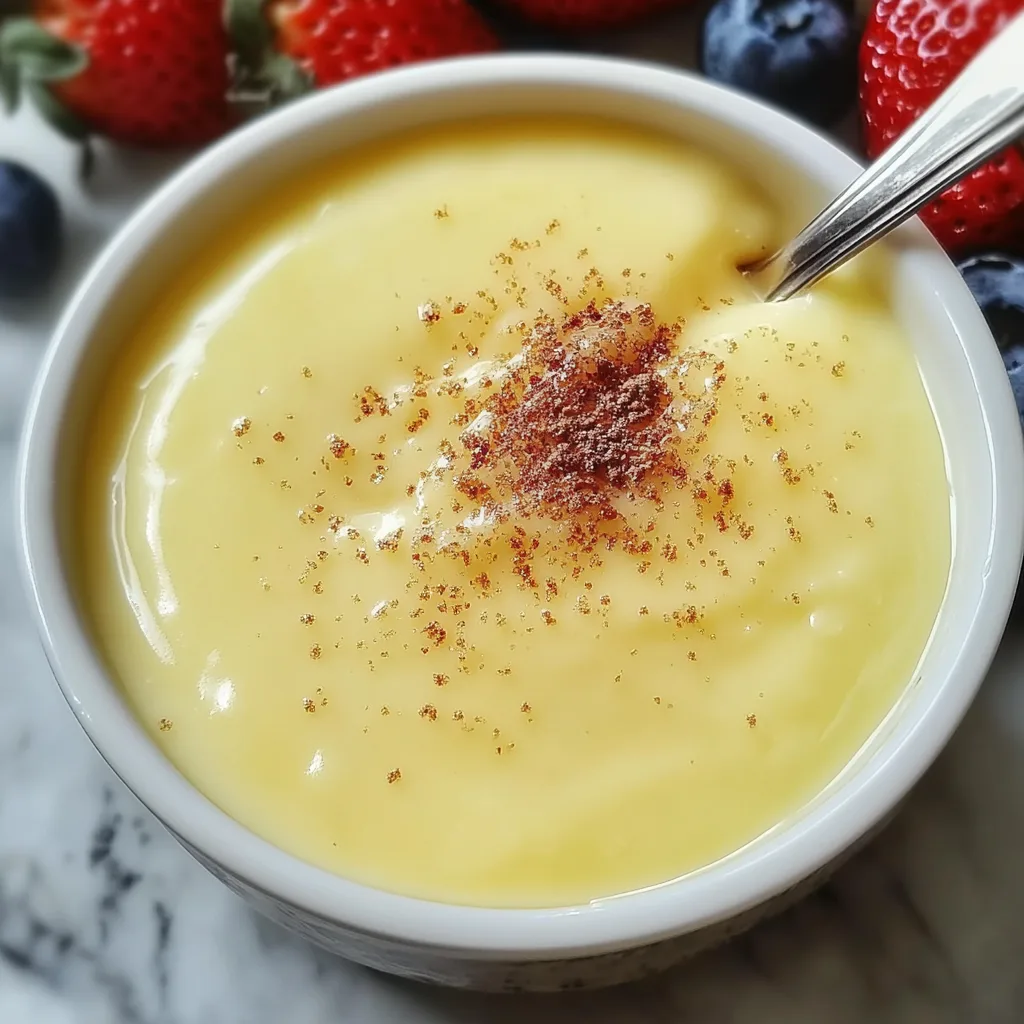
Common Misconceptions
Are They the Same?
A common misconception is that creme brulee and custard can be used interchangeably. However, the difference between creme brulee and custard is vital to understanding how each dessert shines. While both rely on eggs and dairy, they offer distinct culinary experiences. Creme brulee is a specific type of custard defined by its caramelized sugar topping and emphasis on a rich, creamy texture. Meanwhile, custard is an umbrella term, covering a wide range of desserts, sauces, and even savory dishes. Appreciating the difference between creme brulee and custard helps highlight the unique qualities that make each dessert truly memorable.
Key Differences
To fully grasp the difference between creme brulee and custard, looking at what defines each dessert is crucial. The difference between creme brulee and custard shines through in creme brulee’s crisp sugar crust, which contrasts beautifully with its velvety base, creating a truly unique sensory experience. Conversely, custard excels in adaptability—it can be firm, creamy, or anything in between, depending on the recipe.
Although the two may seem interchangeable, recognizing these key distinctions allows you to appreciate the individuality of each dessert. Whether you relish the crackle of creme brulee’s caramelized sugar or delight in the smooth layers of a custard-filled tart, the difference between creme brulee and custard ensures both serve up their own brand of irresistible sweetness.
FAQs: People Also Ask
Can You Substitute Custard for Creme brulee?
Although they share similar ingredients, custard and creme brulee are not direct substitutes. Custard lacks the signature caramelized sugar topping that defines creme brulee, and its consistency can vary widely depending on the recipe. If you want to replicate the creamy texture of crème brûlée, a rich baked custard might come close, but it won’t have the same crisp topping or luxurious presentation.
Which Is Easier to Make at Home?
When comparing the difference between creme brulee and custard in terms of difficulty, custard is often considered simpler. Creme brulee requires a water bath for even cooking and a culinary torch or broiler to caramelize the sugar—a step that can intimidate some home cooks. Conversely, Custard can be made stovetop or baked with fewer specialized techniques, making it more beginner-friendly.
How Do You Achieve the Perfect Creme Brulee Crunch?
The key to the perfect caramelized sugar crust is evenly spreading a thin layer of sugar and using a torch or broiler to achieve a golden, brittle topping. Avoid burning the sugar, as it can add an unpleasant bitterness to the dessert.
Is Custard Always Sweet?
Not at all! While most custards are sweet, savory versions like quiches or pot pies show the versatility of this dish. The adaptability of custard highlights its broader culinary appeal.
Final Thoughts on Creme Brulee and Custard
So, what’s the difference between creme brulee and custard? While they share a similar base of eggs, dairy, and sugar, these desserts stand apart in their preparation, texture, and presentation. The difference between creme brulee and custard becomes evident when you compare creme brulee’s refined, indulgent appeal—complete with its caramelized sugar crust—to custard’s numerous forms, ranging from creamy fillings to baked creations.
Both desserts hold a special place in culinary traditions, offering unique experiences for the palate. Creme Brulee’s luxurious texture and dramatic presentation make it perfect for special occasions, while custard’s versatility ensures it can be enjoyed in countless ways, whether sweet or savory. This difference between creme brulee and custard ensures there’s a version of each that appeals to every taste.
If you’re eager to try making these desserts at home, consider starting with custard to build your confidence. Once you feel comfortable with the basics, you can take on the challenge of mastering creme brulee. Either way, you’ll gain a deeper appreciation for the artistry behind these classic dishes. Whether you crave the satisfying crunch of caramelized sugar or the creamy comfort of a classic baked custard, discovering the difference between creme brulee and custard will surely delight you.
Want to see more? If you enjoyed this article, we invite you to join us on our Facebook page ElyseRecipes. That way, you’ll be among the first to hear about our updates, cooking tips, and recipe ideas! Come share your passion and connect with our community.



